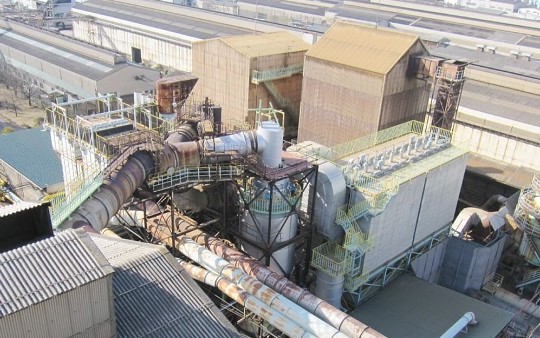
Optimizing Gas Cooling Nozzles for Enhanced Maintainability at Waste Incineration Plants

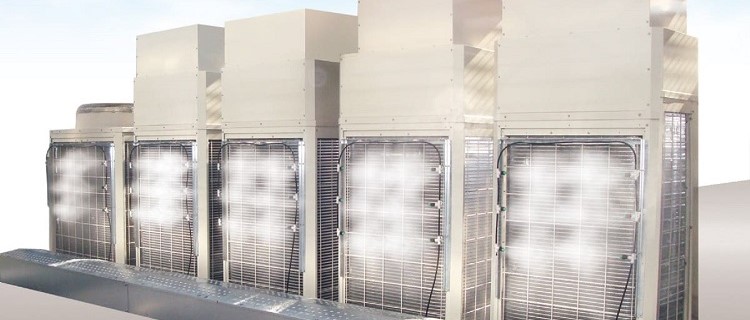
Solutions or Products Featured
in This Case Study

A data center was managing indoor air conditioning, including the server rooms, with over 200 rooftop outdoor units.
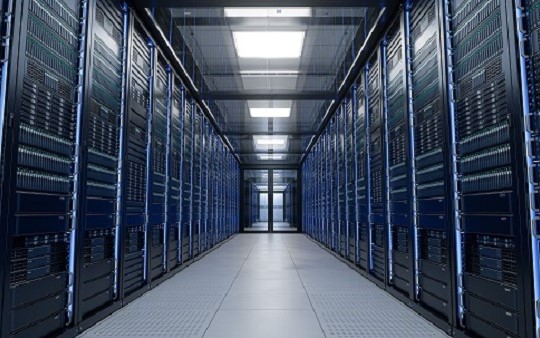
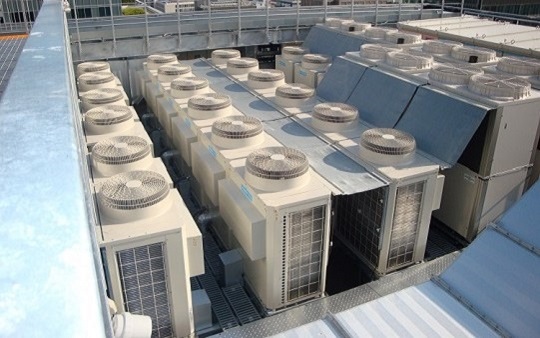
However, in recent years, rising summer temperatures caused the air conditioning system to struggle, particularly on extremely hot days when outdoor temperatures exceeded the design specifications. Under these conditions, the outdoor units, packed closely together, experienced problems such as short circuits*1, thermal trips*2, and high-pressure cuts*3.
*1 Short circuit:
This phenomenon occurs when the hot air discharged from the outdoor units is recirculated into the intake, reducing cooling efficiency and leading to overheating and increased mechanical load.
*2 Thermal trip:
When excessive heat builds up around the outdoor units, motors and compressors overheat, triggering thermal relays—a protective mechanism that shuts down operations to prevent damage.
*3 High-pressure cut:
This phenomenon occurs when the refrigerant inside the units cannot be sufficiently cooled due to short circuits or high temperatures, causing pressure to rise and, when it reaches its limit, forcibly stopping the operation.
When the heat exchange efficiency of the outdoor units declined, ambient conditions in the server rooms exceeded the set temperatures, placing excessive stress on the servers and affecting their processing speed.
In emergency situations caused by short circuits or thermal trips, the data center staff had to manually spray water onto all the outdoor units using hoses to cool them down. These issues made it increasingly difficult to maintain stable operations in the server rooms, where strict temperature and humidity control is crucial.
Additionally, users of the data center began to strongly demand improvements, raising concerns that the situation could escalate into compensation issues.
At this data center, which was already in operation, making significant modifications to the existing air conditioning system was challenging. Seeking an effective cooling system that could be retrofitted, the customer approached us for a solution.
We proposed our COOLKIT for cooling A/C outdoor units.
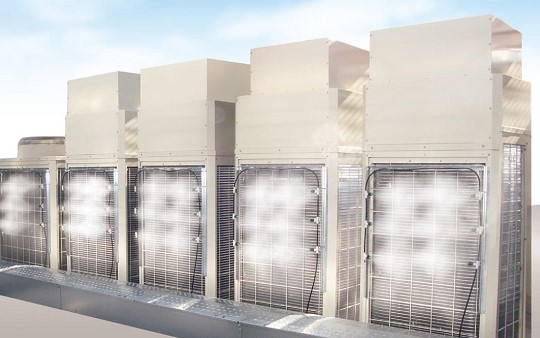
This unit utilizes multiple specialized spray nozzles installed at the air intake of the outdoor units to cool the intake air by leveraging the heat of vaporization from the fine mist sprayed.
The spray droplets are extremely fine, allowing for efficient cooling while significantly reducing water consumption compared to conventional watering nozzles. The minimal drainage also prevents the surrounding area from becoming excessively wet.
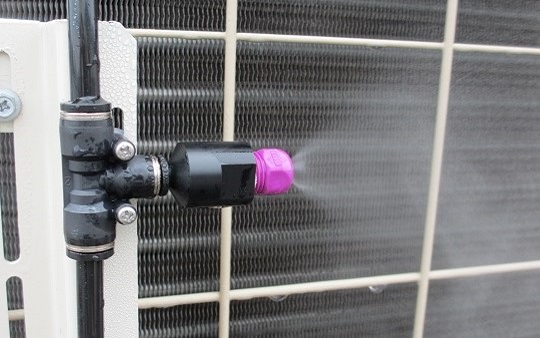
Additionally, the system contributes to improving PUE*4 (Power Usage Effectiveness), a key metric for evaluating energy efficiency, and is expected to enhance the overall assessment of the data center.
*4 PUE: A ratio of IT equipment energy consumption to total facility energy usage. A lower value indicates greater efficiency.